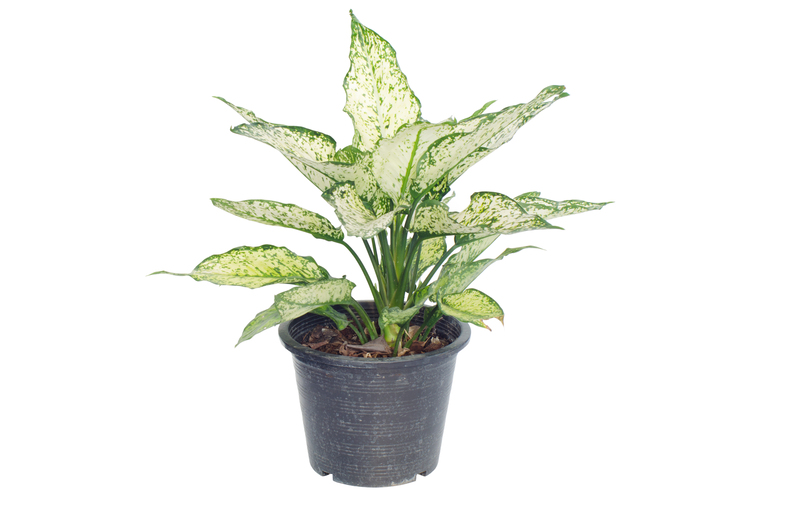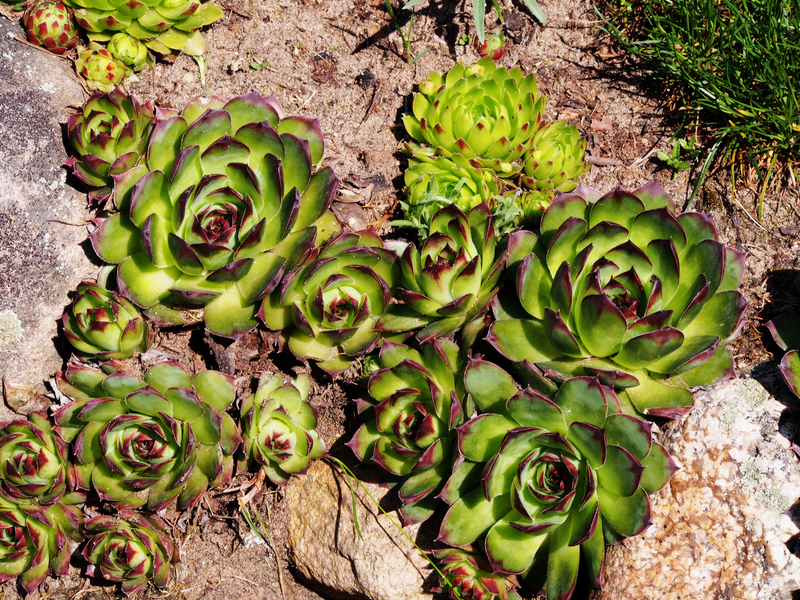Effective Thatch Removal Tips
Posted on 23/08/2025
Effective Thatch Removal Tips
If you're striving for a lush, healthy lawn, then thatch removal should be a key component of your lawn care regimen. Thatch is the layer of dead grass, roots, and debris that forms between the soil surface and the green vegetation in lawns. When this layer becomes too thick, it can cause a plethora of problems for your grass. In this article, we'll delve into effective thatch removal tips, provide recommendations, and discuss both the pros and cons of thatch removal.
Understanding Thatch
Before we dive into the removal process, it's vital to understand what thatch is and why it can be harmful. Thatch acts like a sponge, soaking up water meant for the roots and creating an environment conducive to pests and diseases. While a thin layer (less than 1/2 inch) of thatch can be beneficial, helping to insulate the soil and reduce weed growth, anything thicker can obstruct water, nutrients, and air from reaching the soil, thereby suffocating your grass.

Signs You Need Thatch Removal
Here are a few signs that your lawn may be suffering from excessive thatch:
1. **Poor Drainage:** Water sits on the surface longer than it should.
2. **Weak Grass:** The grass feels spongy underfoot.
3. **Browning:** Despite adequate watering, your lawn has brown spots or patches.
4. **Pest Problems:** Increased incidence of lawn diseases and pests.
Methods of Thatch Removal
There are multiple ways to remove thatch, each suited to different types of lawns and levels of thatch buildup. Let's explore some of the most effective techniques:
Mowing and Raking
This is the simplest method but is usually only effective for light thatch. Use a dethatching rake, which has specially designed tines to penetrate and pull up thatch.
1. **Mow your lawn:** Set your mower to a low setting; this will make it easier to rake up the thatch.
2. **Rake the lawn:** Use a sturdy dethatching rake to comb through the grass, applying enough pressure to pull up the thatch.
3. **Collect and Dispose:** Gather the debris and either compost it or dispose of it appropriately.
Aeration
Aerating involves making small holes in the lawn to allow air, water, and nutrients to penetrate the soil more effectively. This can also help alleviate minor thatch problems.
1. **Choose Aeration Equipment:** Handheld aerators, spike aerators, and core aerators are all suitable tools.
2. **Aerate the Lawn:** Make multiple passes to thoroughly perforate the soil.
3. **Water the Lawn:** Water deeply to help rethink thatch and encourage root growth.
Dethatching Machines
For more severe thatch problems, a dethatching machine is often the best solution. These machines can be rented from garden centers.
1. **Prep Your Lawn:** Just like with raking, mow the lawn short.
2. **Operate the Machine:** Follow the manufacturer's instructions, running the machine over the entire lawn.
3. **Clean Up:** Collect and dispose of the debris.
Pros and Cons of Thatch Removal
Pros
1. **Healthier Grass:** Allows better air, water, and nutrient flow to the roots.
2. **Less Pest and Disease:** Reduces the risk of lawn diseases and harmful insects.
3. **Improved Soil Quality:** Promotes better soil aeration and microbial activity.
Cons
1. **Labor-Intensive:** Manual dethatching can be time-consuming and physically demanding.
2. **Temporary Lawn Damage:** Machines can be rough on grass, requiring a recovery period.
3. **Cost:** Renting or buying equipment can be expensive.
Tips for Maintaining a Thatch-Free Lawn
1. **Regular Mowing:** Keep your grass at the recommended height and use a mulching mower to turn clippings into soil-enhancing mulch.
2. **Proper Watering:** Deep, infrequent watering encourages deep root growth and reduces thatch accumulation.
3. **Fertilize Appropriately:** Over-fertilizing can contribute to thatch build-up. Follow manufacturer guidelines to avoid overdoing it.
4. **Soil Testing:** Regular soil tests can help you maintain balanced soil nutrients, reducing the chance of thatch formation.

Takeaways
- **Identify:** Determine if you have a thatch problem through visual and physical inspections.
- **Method:** Choose the right method for your lawn's thatch level.
- **Maintenance:** Implement good lawn care practices to minimize future thatch buildup.
- **Balance:** Understand that a small amount of thatch can be beneficial and aim to maintain this balance.
Conclusion
Thatch removal is an essential aspect of maintaining a vibrant and healthy lawn. Whether you choose to rake, aerate, or use a dethatching machine, following these effective thatch removal tips will help you manage and eliminate excessive thatch buildup. The pros of improved lawn health and pest reduction usually outweigh the cons of labor and costs, making it a rewarding endeavor for any lawn enthusiast.
By integrating these techniques and tips into your lawn care routine, you'll enjoy a greener, healthier lawn that's the envy of the neighborhood. Happy gardening!



